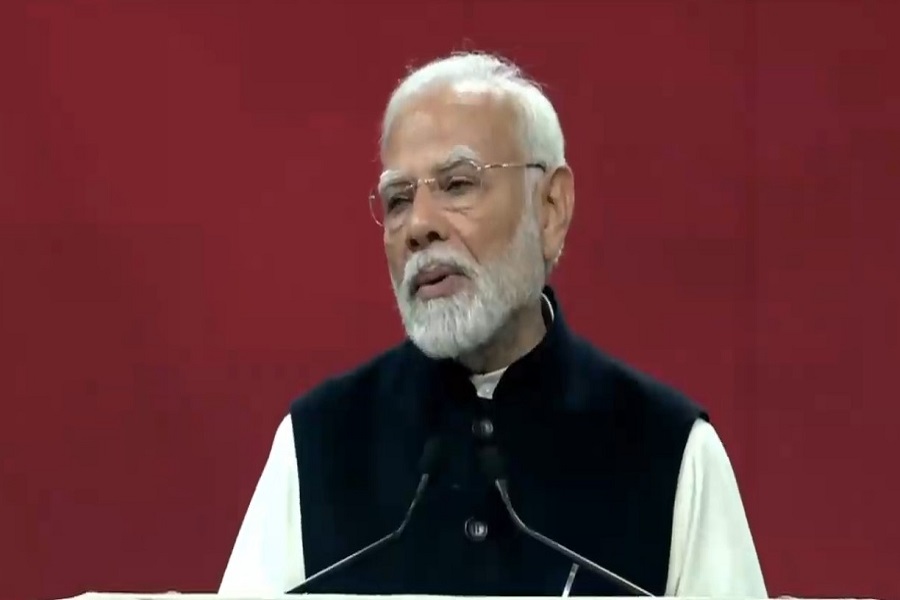Global economy's growing resilience at odds with rate cut expectations

Optimism about global growth prospects this year and next is building among hundreds of economists polled by Reuters, with risks still tilted toward higher inflation even as they cling on to their forecasts for interest rate cuts.
While most major central banks were successful last year in taming sky-rocketing inflation rates with rapid rate hikes, a resilient global economy with strong employment and wage growth has kept alive risks of price pressures surging again.
In all, a 56% majority of economists - 114 of 202 who responded to a question about inflation in the global poll covering nearly 50 top economies taken July 8-25 - said it was more likely to be higher than they forecast for the remainder of the year than lower. So too with rates.
The global economy was forecast to grow 3.1% this year and next, an upgrade from the 2.9% and 3.0% forecast in an April poll and roughly in line with the International Monetary Fund's latest prediction.
But even with that upgrade, many central banks are still expected to cut rates at least twice by year-end.
"I think the big story here is that growth globally has managed to keep grinding ahead ... the global economy has managed to hang in there in the face of a lot of stresses and strains and of course the major tightening cycle of the past two years," Douglas Porter, chief economist at BMO Capital Markets, said.
"It's still growing a little faster than 3% despite a wide variety of challenges ... Our call is for growth to hang in there in the neighborhood of 3% through the second half."
That optimism stands in contrast to worries earlier this year whether the U.S. economy would be able to absorb such an aggressive season of monetary tightening without a downturn, even though concerns about the No. 2 economy, China, remain.
Growth rates for 24 of the 48 top economies surveyed were upgraded from three months ago, with 13 of those from developed economies, where there had been concerns about flagging demand, and the remaining 11 in emerging ones.
Eighteen economies saw a downgrade and six were left unchanged.
Still, among major central banks, economists expect the Federal Reserve and the Bank of England to cut rates twice this year, and the European Central Bank three, the survey showed.
Forecasters have held to a more consistent view than financial traders and investors. Aggressive market pricing for rate cuts at the start of the year retreated from six Fed cuts, down to one or two recently, and is now back to three.
With growth holding up for now, inflation still will mostly dictate how low interest rates can go and when. Even now a good majority of central banks - 19 of 27 with an inflation target - were not expected to meet it by end-2024.
"Risks are building ... in global core goods prices, where shipping costs are nearing 2021/22 highs," James Rossiter, head of global macro strategy at TD Securities, said.
"We don't expect as big a boost to inflation this time around ... But the threat of higher core goods inflation could reduce the offset to sticky services inflation and slow rate cuts."
Asked which component of core inflation will be the most sticky for the remainder of 2024, a majority - 56 of 104 who responded to that question - said services, followed by 30 choosing shelter and rents. The remaining 18 cited others.
A 60% majority, 131 of 220, said interest rates by the end of the year were more likely to be higher than they currently forecast instead of lower.





















